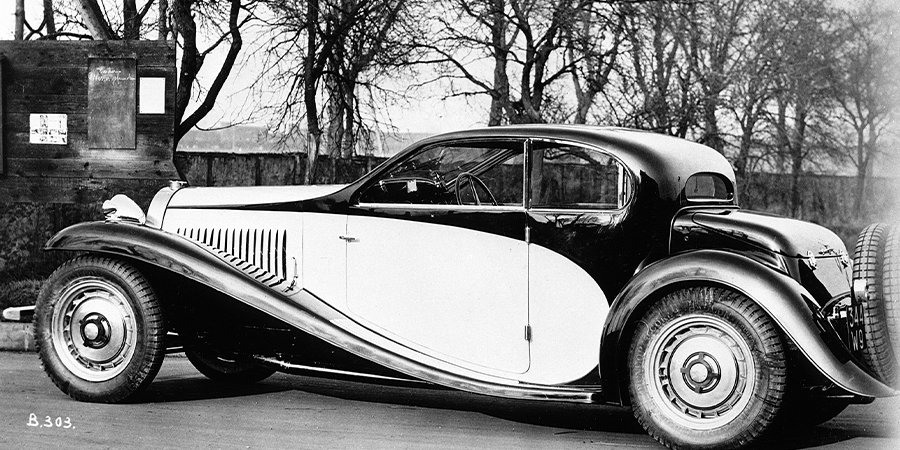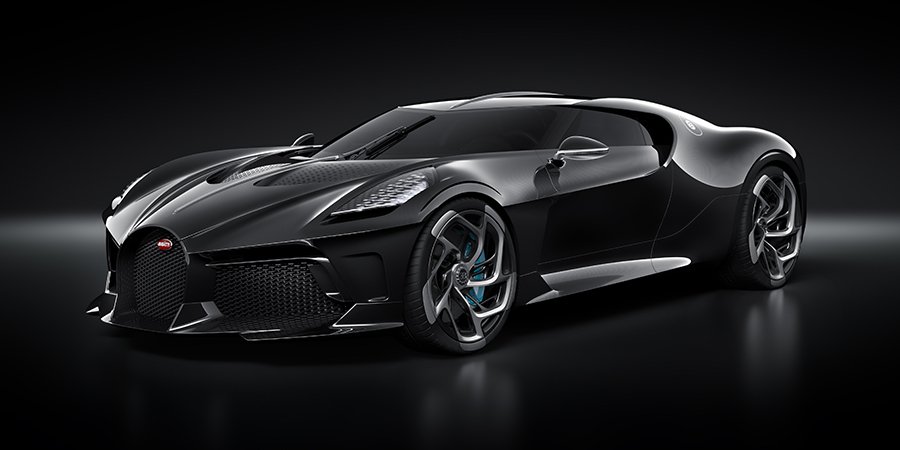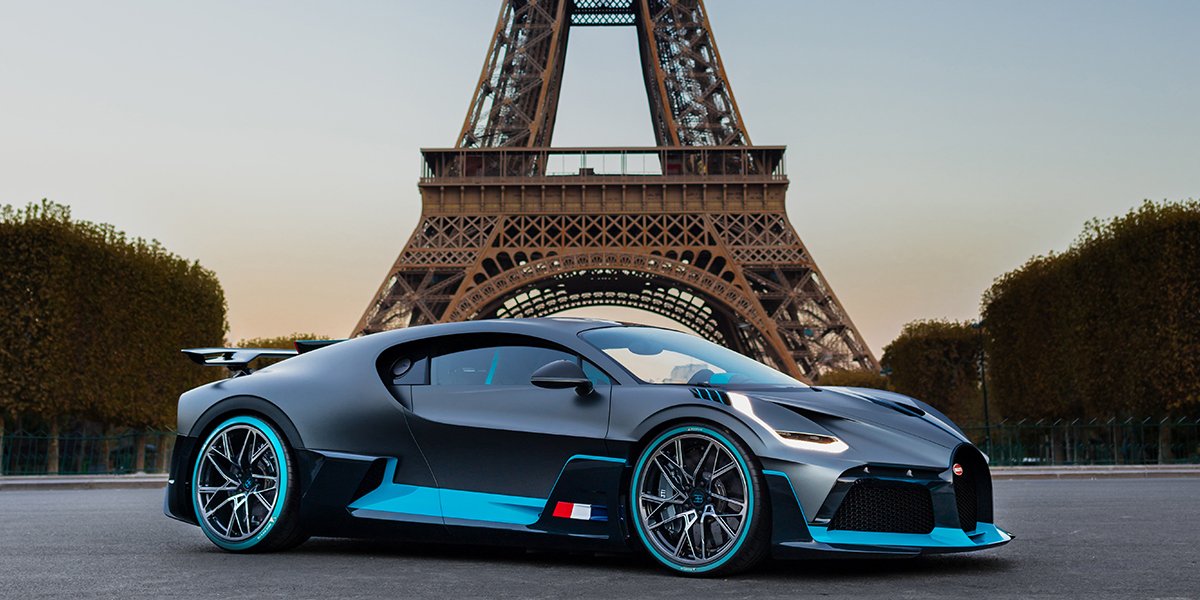Molsheim, Germany, 15 March 2019- Since Bugatti’s inception 110 years ago, its vehicles have been unrivaled – both technically and aesthetically. As company founder Ettore Bugatti put it: “If it’s comparable to anything, it’s not a Bugatti anymore.” Early on, the French luxury car-making brand—turning exclusive vehicles into More unique forms of craftsmanship – an excellent opportunity for Bugatti customers with high aesthetic demands.
The word carriage is used to mean a carriage or a car: “It is synonymous with haute couture in fashion. Coachbuilding is synonymous with uniqueness. A car tailored to individual tastes,” comments Stephan Winkelmann, President of Bugatti. A long tradition, almost forgotten. In the early 2000s, automakers such as Bugatti developed and produced cars with or without bodies according to customer requirements. Customers can choose to purchase a car with a factory body or a chassis and drivetrain built by another body customizer. They will then develop individual vehicles with their respective customers. Well-known companies such as Gangloff, Corsica Coachworks, Weymann and Weinberger have custom made their own Bugatti chassis – as has Bugatti itself.
Until the early 1920s, Bugatti focused on technologies such as the engine and chassis; at that time, the car was primarily designed to be functional and minimalist in order to be more successful on the track. It was not until 1923 that the body department was established in Molsheim, Alsace. Ettore Bugatti has long believed that only aesthetically flawless cars are perfect. As a result, his son Jean worked harder to ensure that body design received a higher priority in the company.

Jean Bugatti created design icons
Jean Bugatti developed a flair for form and design early on, and is known for his finesse of proportions and fluid silhouettes. In 1932, at the age of 23, he designed an elegant roadster body for the luxury sedan Type 41 Royale on behalf of Armand Esders, a textile manufacturer at the time. Today, the car is known as the “Royale Esders”. Since the owner only wanted to drive during the day, the headlights were removed, adding to the sports car style. Jean Bugatti also designed the “Coupé Napoléon”. Ettore Bugatti once said: “Perfection is never attainable. Nonetheless, the Royale must be close to the perfection of a supercar.” A total of six Model 41 Royale vehicles were built. Each had a different body, but all were powered by a 12.8-liter inline-eight engine with about 300 horsepower—the most powerful and smoothest engine of its time. “Even so, Bugatti is synonymous with the highest quality, maximum performance and absolute uniqueness. This is still the case to this day,” comments Bugatti President Stephen Winkelmann.
Jean Bugatti was able to unleash his creativity within the company, followed by the body designs of the 46, 50 and 55. From 1934, Jean Bugatti came up with the idea for the base model Type 57, from which he derived various body and engine variants. This concept ushered in a new era in body building. The Stelvio Cabriolet and Aravis Coupé were built by bodybuilder Gangloff in the neighbouring town of Colmar to plans by Jean Bugatti. In Molheim, Bugatti employees built the two-door Ventoux, the four-door Galibier sedan and the Atalante coupe themselves. Bugatti designed the Type 57 as a production car and a racing version – depending on the application and customer requirements. Buyers were happy: some 800, unknown numbers of the Model 57 were built from 1934 to 1940, when production ceased.
The Type 57 SC Atlantic: the work of the century
Bugatti’s early masterpiece is still known today as the Type 57 SC Atlantic: a sporty coupe with over 200 horsepower and a stunning bodyshell, of which only four were built. A standout design feature is the rear seam, which extends vertically from the split hood hinge to the rear end. Like a sharp fin, it splits the body in the middle and rivets hold the panels together. Each of the four cars produced is a microcosm of the body structure, and each one is unique because it was specifically designed for its first owner. Jean Bugatti built him the second of four cars. The two-door car known as “La Voiture Noire” disappeared before World War II – and it remains today. It is one of the most expensive cars in the world.

Bugatti continues its coachbuilding tradition
“This story is both an inspiration and a commitment for us,” comments Stephan Winkelmann. That’s why the French luxury brand launched the Divo1 last year, a hypercar designed for lateral acceleration, reminiscent of the Molsheim marque’s body-construction heritage. The Divo represents a revival of the famous Bugatti heritage decades later. Extensive body tweaks change the car’s character, making it a supercar built for corners. “The Divo is a significantly sharpened development of the Chiron2. It offers high performance when it comes to lateral acceleration, agility and cornering” comments Bugatti President Stephan Winkelmann. An idea that sparked great interest from customers: the small series, limited to 40 units, sold out before the official world premiere – with a net unit price of 5 million euros. “All Bugatti vehicles are unparalleled and highly customised masterpieces of automotive craftsmanship. Coachbuilding takes it one step further, so we can offer our customers even more individual vehicles – unique in quality and engineering, but also in terms of design”
Stephan Winkelmann adds.
In March, Bugatti opened a new chapter. The French luxury brand developed the one-of-a-kind “La Voiture Noire” after months of manual work, especially for Bugatti lovers. On the company’s 110th anniversary, it thus pays homage to the famous Bugatti Type 57 SC Atlantic – but not a replica. The reinterpretation of the icon looks brand new, with an elongated front, an elegant waist and flawless material handling. Purity and elegance manifest in surfaces and clear lines.
The result is a modern grand tourer with the most extraordinary drive unit in automotive history: the iconic 8.0-litre W16 engine with four turbochargers, 1,103 kW/1,500 hp and 1,600 Nm torque. “We worked long and hard on this vehicle until there was nothing more we could improve. For us, the Coupé represents the perfect form in the perfect finish – very much in the spirit of Ettore Bugatti,” says Bugatti designer Etienne Salomé. Absolutely clear car, impeccably superior. Handcrafting the perfect one-off product – the body Craftsmanship in its purest form.

